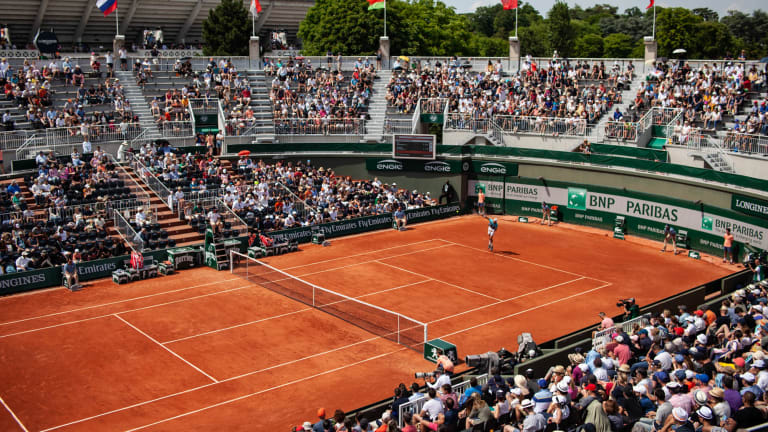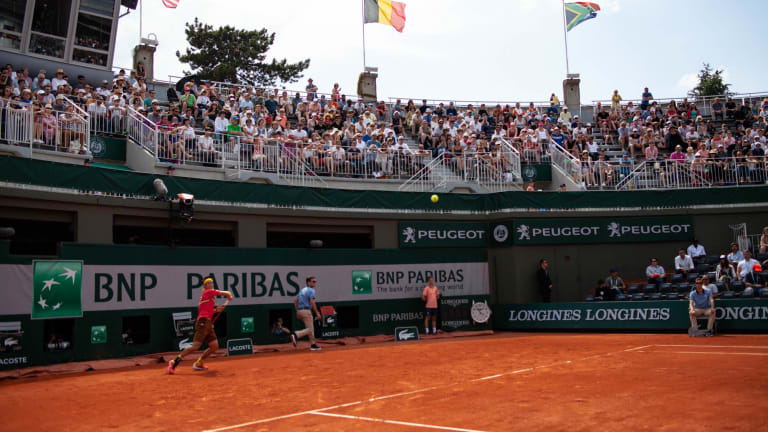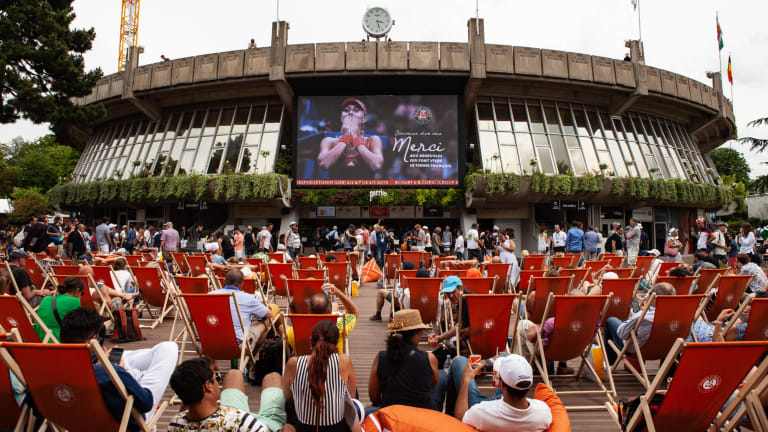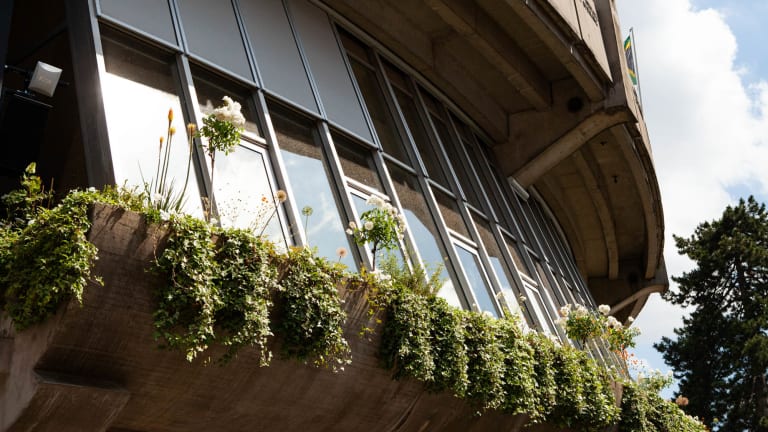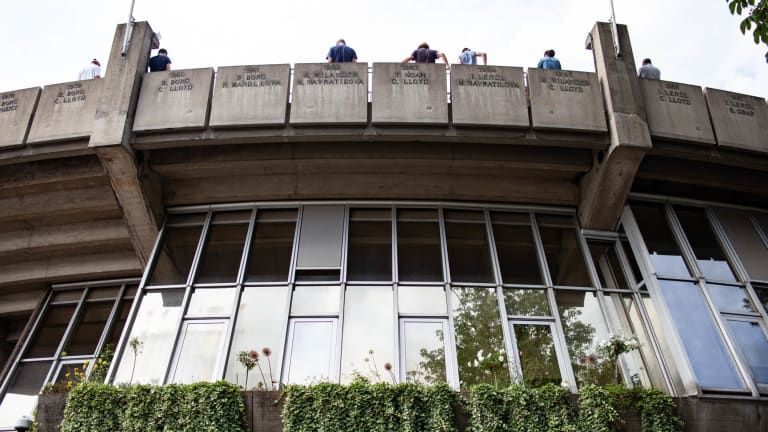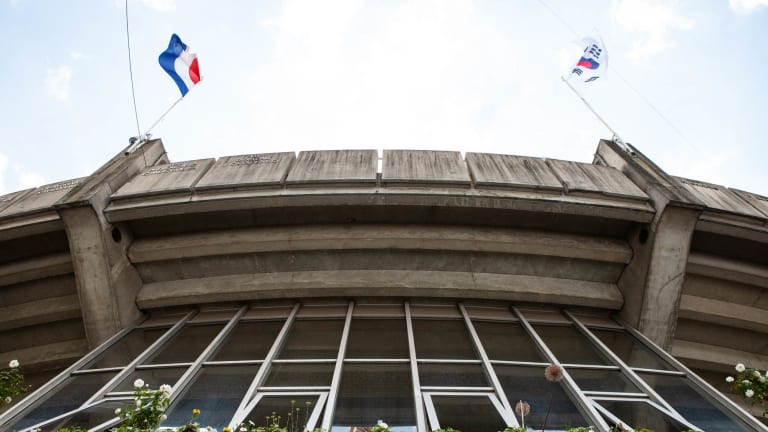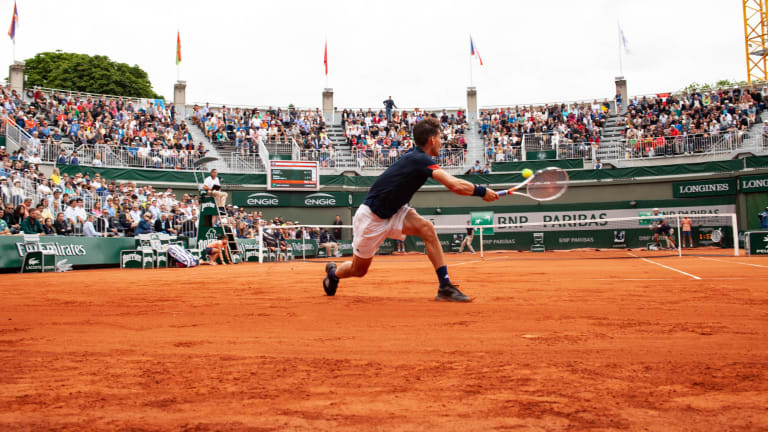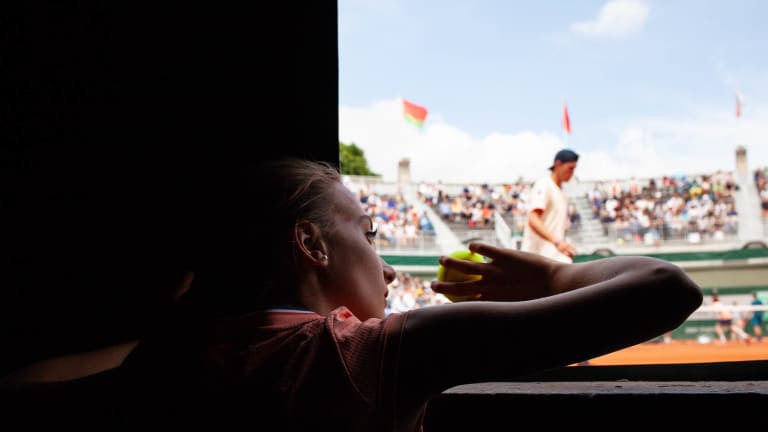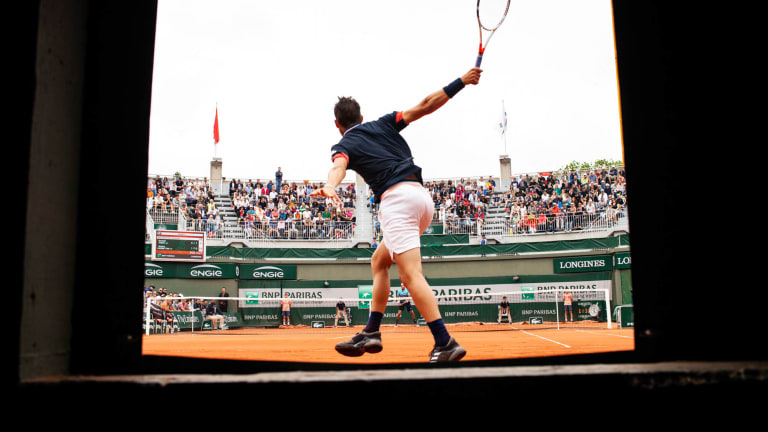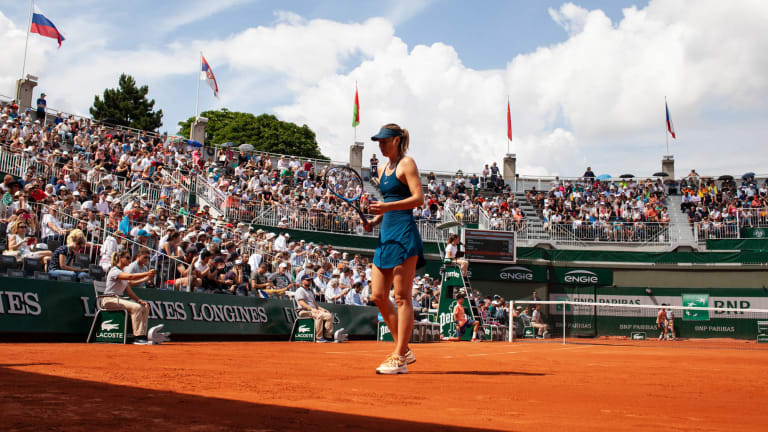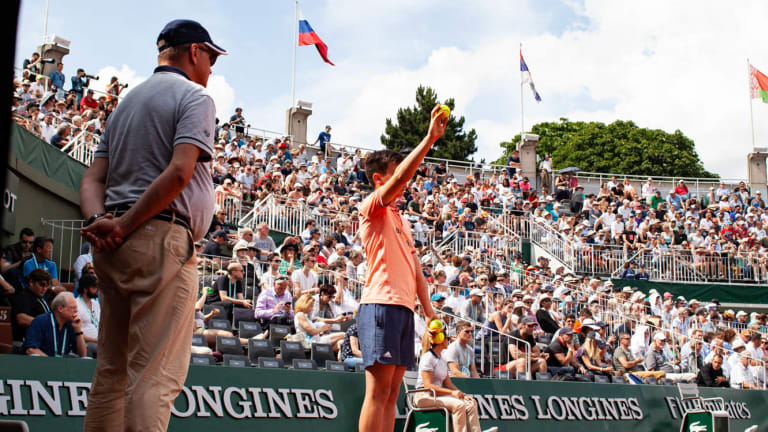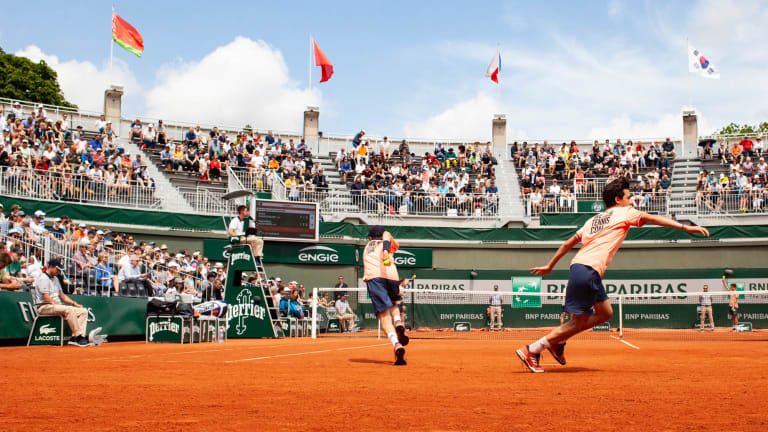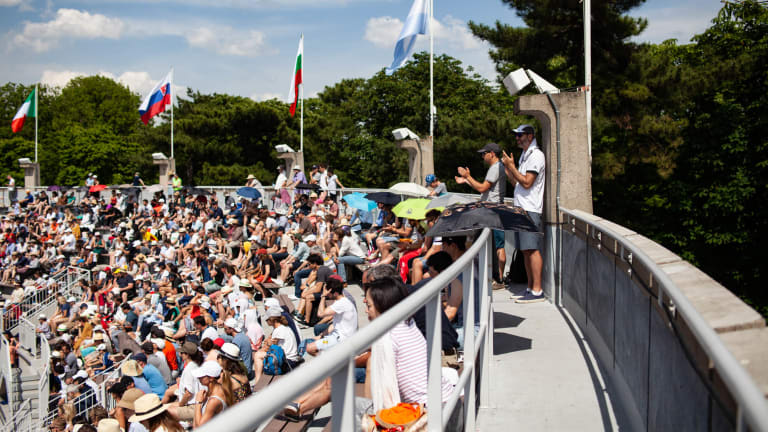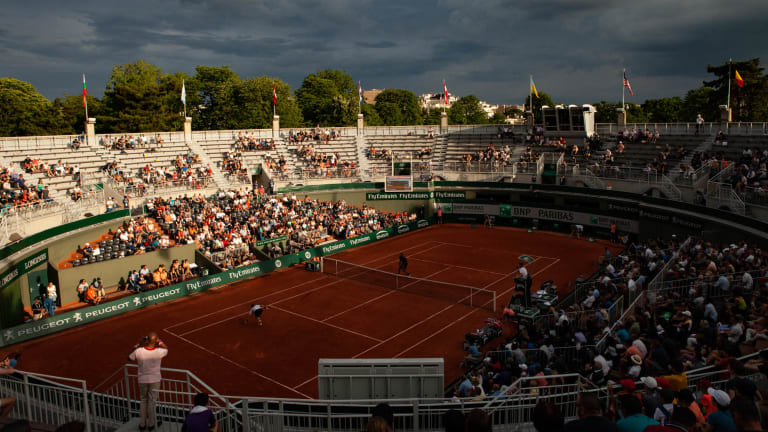PARIS—“They can’t really demolish the Bullring, can they?”
It’s a question that has been asked, with varying degrees of panic and incredulity, in tennis-fan circles at Roland Garros for nearly a decade. Every other year, it seems, officials at the French Open unveil a new renovation plan that calls for the demise of this much-loved circle of concrete.
Why knock down this 3,800-seat arena that’s at once simple and innovative, intimate and monumental, modern and classic, theatrically quiet and exhilaratingly loud? The French Open’s long-delayed expansion plans will finally come to fruition in 2019, and the Bullring—officially known as Court 1—doesn’t have a place in them. It will be replaced by a new, larger “Greenhouse” court, and the space where the Bullring stands now will become a spectator lawn, not unlike Wimbledon’s Henman Hill— “Noah Nook,” perhaps, as my fellow TENNIS.com writer Joel Drucker suggests.
We’ve heard tidings of doom like these in the past, and Court 1 is still standing, but this time the French seem dead-set on destruction and reinvention. I was stunned this year to discover that the tournament really had gone ahead and closed down the equally excellent and intimate Court 2. If that could go away without anyone marching in the streets of Paris, I guess the Bullring can, too.
Roland Garros tournament director Guy Forget on the tournament's upcoming renovations:

